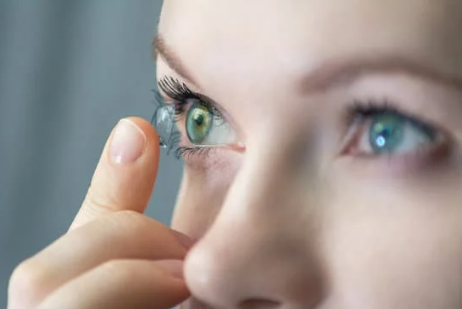What Are Smart Lenses?
Smart lenses are contact lenses embedded with miniature electronic components and sensors. These lenses aim to perform a range of functions such as health monitoring, real-time vision adjustments, and information display, all while being worn like a regular contact lens.
What Are Smart Lenses?
Smart lenses are contact lenses embedded with miniature electronic components and sensors. These lenses aim to perform a range of functions such as health monitoring, real-time vision adjustments, and information display, all while being worn like a regular contact lens.
Potential Applications of Smart Lenses
-
Healthcare Monitoring:
-
Track glucose levels for diabetic patients by analyzing components in tears.
-
Measure intraocular pressure to help detect conditions like glaucoma.
-
-
Augmented Reality (AR):
-
Display information (e.g., maps, messages) directly in the user’s field of vision.
-
Useful in fields like medicine, military training, and technical education.
-
-
Vision Enhancement:
-
Automatically adjust to lighting conditions.
-
Zoom in on distant or small objects to assist individuals with low vision.
-
Leading Companies and Projects
Several tech giants and startups are working on smart lens technologies:
-
Google: One of the pioneers with its “Google Smart Lens” project focused on glucose monitoring.
-
Mojo Vision: Developing AR-enabled lenses that project data directly onto the eye.
-
Samsung and Sony: Filed patents for lenses with capabilities like video recording and eye-controlled functions.
Challenges
Despite the promising potential, smart lenses face significant challenges:
-
Miniaturizing electronics to fit comfortably in a lens.
-
Developing safe and reliable power sources for the lenses.
-
Addressing ethical concerns regarding data privacy and security.
Smart lenses are poised to transform how we interact with the world by merging vision correction, digital interfaces, and health monitoring into a single, compact device. While still in early development, the future of smart lenses is full of groundbreaking possibilities that could reshape medicine, technology, and daily life.

 العربية
العربية
